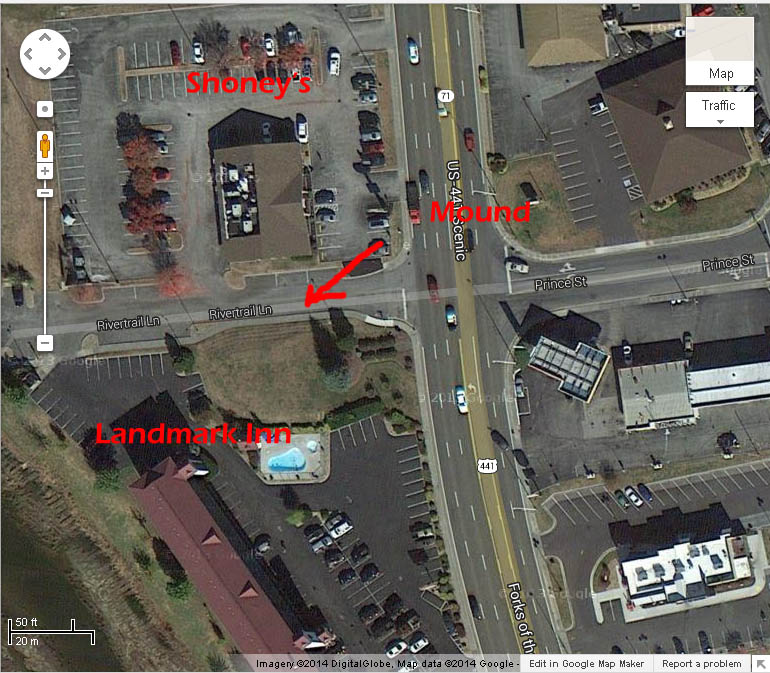I am really hoping PAINSHILL will chime in, I love his Info.
I cannot find anything on Dallas type Indians. If anyone can guide me Id be grateful.
I was told they lived on the river here in Bowling Green, KY. Or any other known Native Americans in my region.
Thanks,
Paul
I cannot find anything on Dallas type Indians. If anyone can guide me Id be grateful.
I was told they lived on the river here in Bowling Green, KY. Or any other known Native Americans in my region.
Thanks,
Paul



Comment